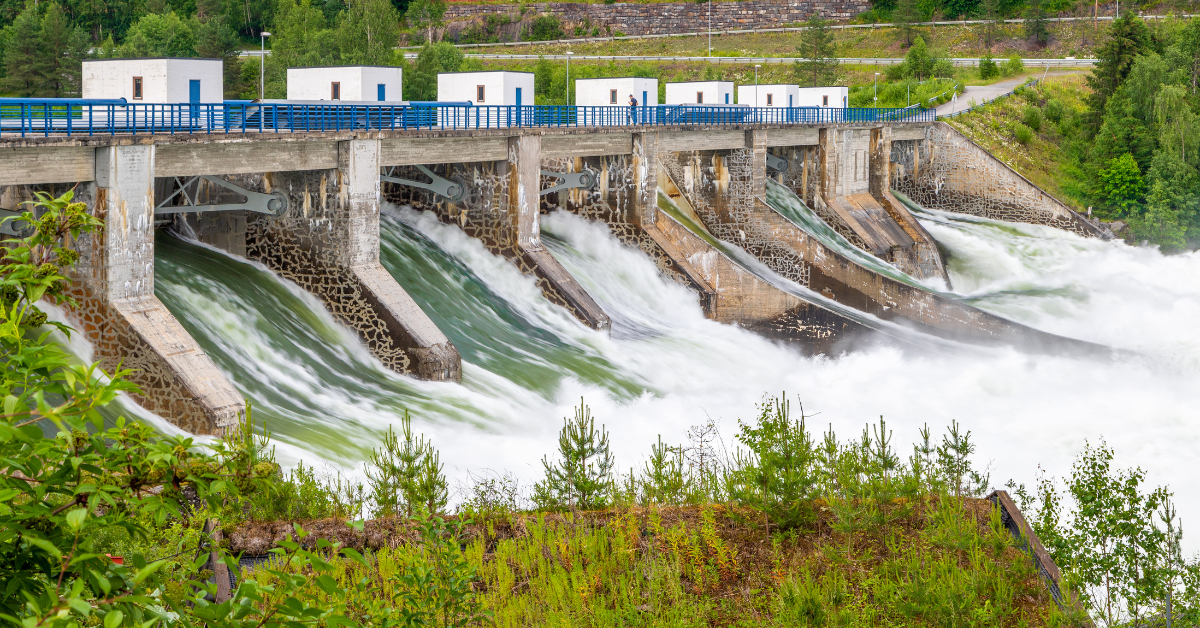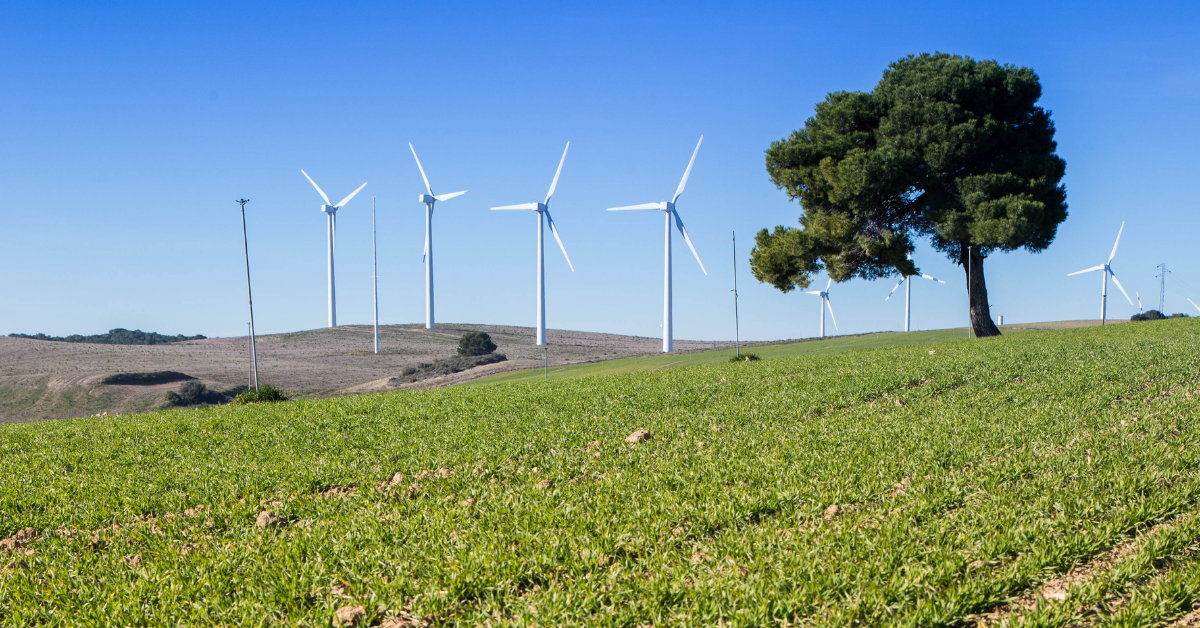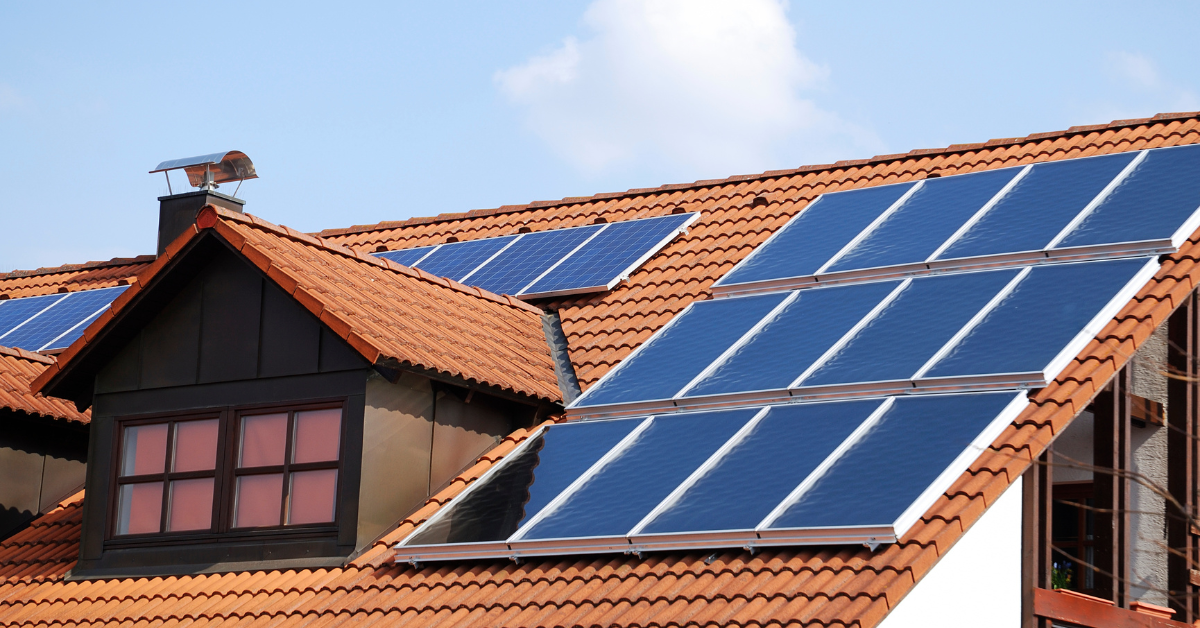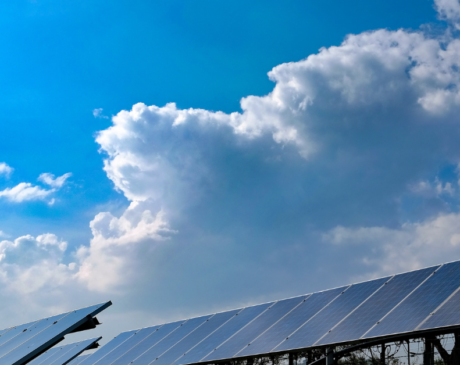The best Sustainable Energy Solutions in Italy

Italy has consistently been a pioneering force in renewable energy, not only in Europe but also on the global stage. Renewable energy sources have steadily gained prominence in Italy’s energy production, with their share increasing year by year.
Italy relies on a diverse range of energy sources, including water, solar power, wind, and geothermal heat. Additionally, it taps into less prominent sources like wave and tidal power, as well as various biofuels.
Which Sustainable Energy Solutions Does Italy Utilize?
Italy’s renewable energy production and its geographic distribution exhibit significant variation. Hydroelectric power prevails in regions with steep terrain, notably in the Alps and, to a lesser extent, along the Apennine mountain range.
The southern regions benefit from ample sunlight, making photovoltaic energy more common there. Wind energy flourishes on the islands of Sicily and Sardinia, as well as in the southern Apennines of Puglia, Campania, and Basilicata.
Tuscany stands out as a hub for geothermal energy, driven by both historical factors and the region’s unique geological characteristics. Every region in Italy is actively contributing to the nation’s targets outlined in the Integrated National Energy and Climate Plan (NECP) for 2030.
Remarkable Growth in Renewable Adoption
Remarkably, there has been significant growth in the adoption of sustainable energy solutions throughout Italy in recent years, both in terms of geographic distribution and utilization.
In 2010, only 356 Italian municipalities had renewable energy plants for electricity or heating. However, as of June 2020, every single one of Italy’s municipalities, numbering more than 7,900, boasts at least one renewable energy facility.
According to Legambiente’s “Comunità rinnovabili” (Renewable Communities) report, there are 7,776 municipalities equipped with photovoltaic installations, 7,223 with solar heating systems, 3,616 utilizing bioenergy, 1,489 harnessing hydroelectric power (via large structures or mini-plants), 1,049 with wind turbines, and 594 tapping into geothermal energy.
Furthermore, over 3,000 municipalities now generate more renewable energy than required for their own household electricity consumption, and 41 of them can even fulfill their heating needs.
Most Commonly Utilized Sustainable Energy Solutions
The most widely used renewable energy sources in Italy are hydroelectric power, solar power (photovoltaic), wind energy, and geothermal energy.
Each of these sources plays a significant role in the country’s renewable energy production.
1. Hydroelectric Power
Hydroelectric power has been a dominant force in Italy’s renewable energy landscape for over a century. In the early 20th century, hydroelectric power stood as the primary, and practically sole, contributor to non-fossil fuel energy production in Italy.
Until the years immediately following World War I, it held the majority share, with minimal input from other energy sources.
Throughout the 21st century, the installed capacity for hydroelectric technologies saw relatively stable figures. The focus of innovation primarily revolved around enhancing the efficiency of these plants, ensuring they could yield satisfactory results across different scales of operation, and developing micro-hydro power solutions, where larger installations were complemented by hydraulic wheels and small-scale cochlear tunnels.
Hydroelectric power, by converting the gravitational potential energy of water into electricity, remains a substantial renewable resource. It not only provides valuable contributions to the power grid but also supports the secure management of the entire electricity system.
Technological advancements have concentrated on the intelligent management of water and energy flows to meet varying demands.
For instance, during periods of low energy consumption, such as at night, surplus energy can be employed to pump water back up, ensuring it’s readily available for energy generation when needed.

2. Wind Power
Wind power production in Italy has been steadily growing and has the potential to double within the next decade. While Italy’s wind energy development has been somewhat slower compared to other European nations, there are already over 5,000 wind power turbines distributed throughout the country.
Most of these installations feature wind turbines with individual capacities ranging from 20 to 200 kW. However, there is a growing trend towards the deployment of more advanced turbines with higher unitary capacity, improved production efficiency, and better utilization of available land and space at selected sites.
Projections indicate that Italy’s wind energy output could double in the next ten years, compared to the current annual production of 20 terawatt-hours. This increase could result in a maximum deliverable power rise from 11 to 19 gigawatts.
Globally, it is estimated that wind energy capacity will increase fifteen-fold by 2040, potentially making wind power the leading renewable energy source on a global scale.

3. Geothermal Energy
Geothermal energy holds a unique position in Italy’s renewable energy landscape. The world’s first geothermal power plant was established in Larderello, in the province of Pisa.
Italy has been a global leader in harnessing geothermal energy sources since the early 1900s when the concept of using underground steam as an alternative to coal-powered engines was first explored.
Today, there are approximately thirty geothermal plants in Tuscany alone, and the technology has evolved to extract fluids directly from beneath the earth’s surface.
Geothermal plants in Italy can produce up to four times the energy they require to operate. While geothermal energy may not be as widespread across the country as other renewables, Italy remains a global leader in this form of energy production.
Several technological innovations have made geothermal energy even more promising. Measures have been implemented to contain toxic or greenhouse gases released from underground to prevent their emission into the atmosphere.
Additionally, an inverse geothermal system, known as low-enthalpy geothermal, has been developed, allowing excess heat from the summer to be stored underground and then recovered during colder months for electricity generation.

4. Photovoltaic Energy
Photovoltaic energy has witnessed remarkable growth in Italy, with it now contributing approximately one-twelfth of the total energy produced in the country, whether renewable or not.
This substantial expansion has transpired over just a few years, driven by a significant drop in the levelized cost of energy (LCOE), which decreased by over 80% during the past decade.
In the present day, there are various ways to harness the sun’s energy. Beyond traditional photovoltaic panels, solar heating systems that utilize solar radiation to heat water and other fluids have become widespread.
Furthermore, solar power is extensively employed for energizing individual devices and machinery. It finds application in various domains, including solar-powered transportation, satellites, space vehicles, as well as everyday objects and structures situated in remote areas without access to the grid.
The versatility and expanding utility of solar energy make it an increasingly beneficial and widely adopted resource.

Italy’s Renewable Energy Production in Numbers
In Italy, renewable energy sources have made substantial contributions to the country’s annual electric energy needs, accounting for over a third of the total, which amounts to more than 320 terawatt-hours.
A recent report by ENEA highlights that this green energy production, approximately 110 terawatt-hours, is equivalent to around ten million tons of oil equivalent (toe). When considering non-electrical energy sources, renewables constitute 19% of the total energy consumption.
At the start of the century, hydroelectric power dominated the green energy landscape, making up 80% of this category.
While hydroelectric energy production remained relatively constant over the years, other clean energy sources saw significant growth. According to current data, hydroelectric power now comprises 42% of the total, with all renewables experiencing substantial expansion.
Photovoltaic energy ranks second at 20%, with a significant acceleration between 2011 and 2013. Wind power follows closely at 16% and displays a more robust upward trajectory. Bioenergy stands at 17%, while geothermal contributes 5%.
In the realm of heating, Italian renewables provide an additional ten million tons of oil equivalent. Renewables contribute 19.2% in this sector, with the majority attributed to bioenergy (64%) and another quarter from heat pumps.
Solar heating and geothermal, the other two green heating sources, make up smaller percentages, with solar slightly surpassing geothermal.
Assessments and Future Possibilities of Sustainable Energy Solutions
Observations and prospects in the renewable energy landscape are evolving rapidly. Efforts are being directed towards enhancing the efficiency of renewable energy plants through new technologies and solutions.
For instance, photovoltaic panels have progressed from 7% efficiency with amorphous silicon solutions to achieving new laboratory records of almost 50%.
Another emerging trend involves the integration of renewable sources, known as cogeneration. An example is the utilization of photovoltaic systems for both electricity generation and heating.
Solar towers are another innovation, capturing solar energy to produce electricity through turbines driven by rising hot air.
Other developments include high-altitude wind power, mini or micro wind power for distributed generation, harnessing energy from ocean currents, waves, tides, and salinity levels, as well as ocean thermal energy conversion, which leverages temperature differences between surface and deep water to generate energy.
While some of these concepts remain in the experimental stage, Italy’s commitment to decarbonization necessitates exploring the full spectrum of opportunities that nature offers.



